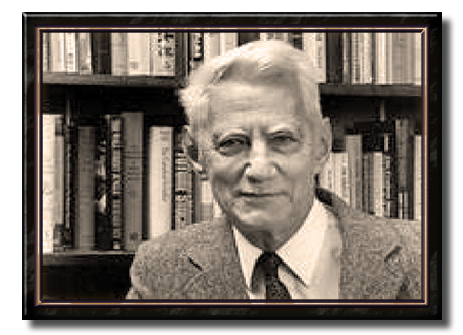|

“Claude Shannon had a particular fascination with
Chess”
It was Claude Shannon who
showed us the way. His seminal paper was first presented to
the National Convention of the Institute of Radio
Engineers in New York. Shannon pioneered computer Chess
as we know it today, and his ideas have been employed in
almost every Chess program ever written.
In a 1950 Scientific American article, Claude Shannon argued that only an artificial intelligence program could play computer chess.
He based his calculations on a logical approximation that each game has an average of 40 moves and each move a player chooses between 30 possible moves.

A computer that explored every possible move and countermove, he said, would have to store a total equal to 10 to the 120th power moves, and
“a machine calculating one variation each millionth of a second would require over 10 to the 95th power years to decide on its first move.”
Shannon, the inventor of information theory, was one of the first to suggest that modern computers are capable of thinking-of performing non-numerical tasks.
It is this capability that lies at the base of all computerized chess
games and of artificial intelligence itself.
A Chess problem is sharply defined both in allowed operations (the moves) and in the ultimate goal:
checkmate. The thesis he developed was that modern general purpose computers can be used to play a tolerably good game of Chess with the use of a suitable computing routine or program.
In Chess there is no chance element apart from the original choice of which player has the first move which is in contrast to a card game i.e., Bridge, Poker or, Backgammon, where the play or move is randomized or, controlled by dies.
Konrad Zue (1945) also made a theoretical contribution and Henri Vigneron described a special purpose Chess machine (1914) that played the ending of King and Rook versus King. Alan Turing wrote a paper that included a description of a program simulated by hand.
In his paper, Turing posed the following questions:
1. Could a machine be made to play a game of Chess?
2. Obey the strict rules of Chess?
3. Solve Chess problems?
4. Play a decent game?
5. Improve its own playing strength?
6. Answer questions?
Alan Newell was one of the first to become involved in writing a real computer program that could play Chess. He attempted to construct a program for one of Rands computers, JOHNNIAC.
He divided the problem into 4 areas: 1. Consequences,
2. Horizon, 3. Evaluation, and 4. Alternatives.
He concluded that the only difference between a good design and the actual machine would be the time and effort spent constructing it. He
also introduced the concept of the minimax tree search.
|